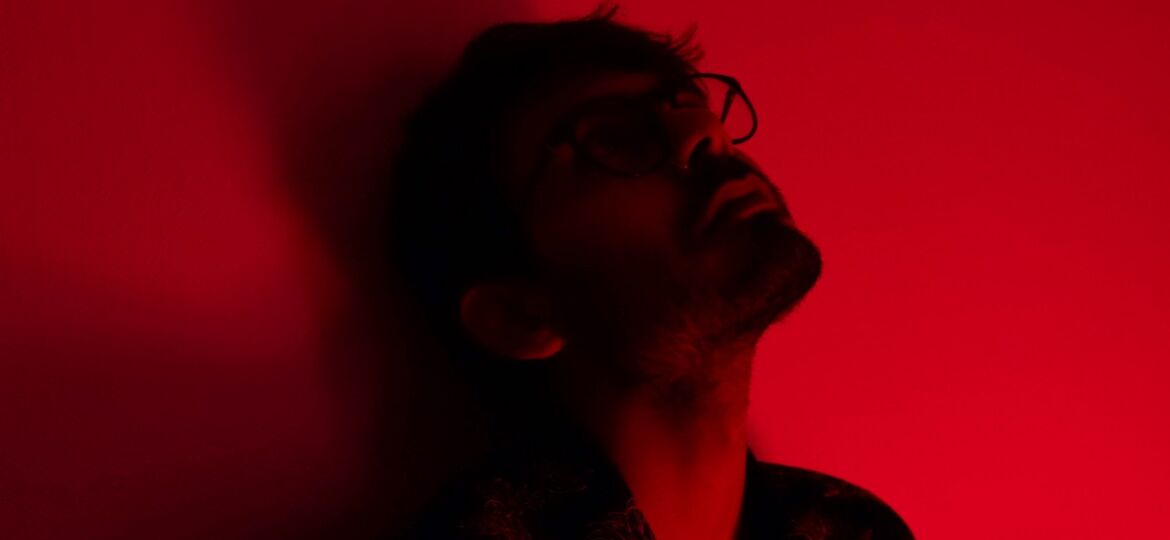
While you do not require a prescription to use a light therapy kit, it is best to ask your psychiatrist or mental health professional if light therapy is a suitable choice for you. Tell yourself if you need to take some extra steps. Often address which type of light therapy box fits your needs, so you get the most benefit and avoid potential side effects.
Online shops, supermarkets, and other outlets sell a range of light therapy sets. Get acquainted with the range of features and choices available on lightboxes to help you purchase a high-quality product that is healthy and effective. Health insurance providers seldom pay for the expenses.
What Can You Expect From A LED Light Therapy Session
Before The Treatment
Generally, most people with seasonal affective disorder initiate treatment with light therapy for skin early in the autumn, as it usually becomes gloomy in several parts of the world. Treatment typically lasts until spring, when outdoor light alone is adequate to retain a positive mood and higher energy levels.
If you usually have fall and winter depression, you may experience signs during extended stretches of cloudy or rainy weather in other seasons. You and your doctor can change your light treatment depending on the timing and length of your symptoms.
If you would like to try light therapy for non-seasonal depression or some other illness, speak to your doctor about how you can have a more successful light therapy experience.
During The Treatment
You sit or operate near a lightbox during light therapy sessions. To be successful, the light from the lightbox must reach your eyes indirectly. You can’t have the same result by actually exposing your skin to light.
Although your eyes need to be open, don’t look directly at the lightbox because the bright light will hurt your eyes. Make sure to take the instructions of the doctor and the producer.
Light therapy requires continuity and time. You should set your lightbox on your desk or table in your home or office. You can read, use a tablet, write, watch TV, chat on the phone, or eat while getting light therapy. You must follow the routine in treatment, and don’t overdo it.
THE THREE MAIN FACTORS FOR A SUCCESSFUL SESSION
Light therapy for skin is more effective because you have the best mix of light strength, length, and pacing.
Intensity: You shall record the strength of the lightbox in lux, which is a measure of the amount of light you get. The standard advice is to use a 10,000-lux light box at a distance of around 16 to 24 inches from your face.
Duration: In a 10,000-lux lightbox, light therapy usually requires sessions of around 20 to 30 minutes a day. But a low-intensity lightbox, such as 2,500 lux, can require longer sessions. Check the manufacturer’s recommendations and follow the advice of your doctor. Your physician may advise that you begin with shorter sessions and eventually increase your time.
Time: Light therapy for skin is more effective for most patients because it is performed early in the morning after waking up. Your doctor will help you decide the regimen of light therapy that fits best.
Light treatment is impossible to treat seasonal affective disorder, non-seasonal depression, or other disorders. But it can relieve your symptoms, raise your energy levels, and make you feel better about yourself and your life.
LED Light Therapy will start to relieve symptoms after just a few days. In some instances, though, it can take two or three weeks.

